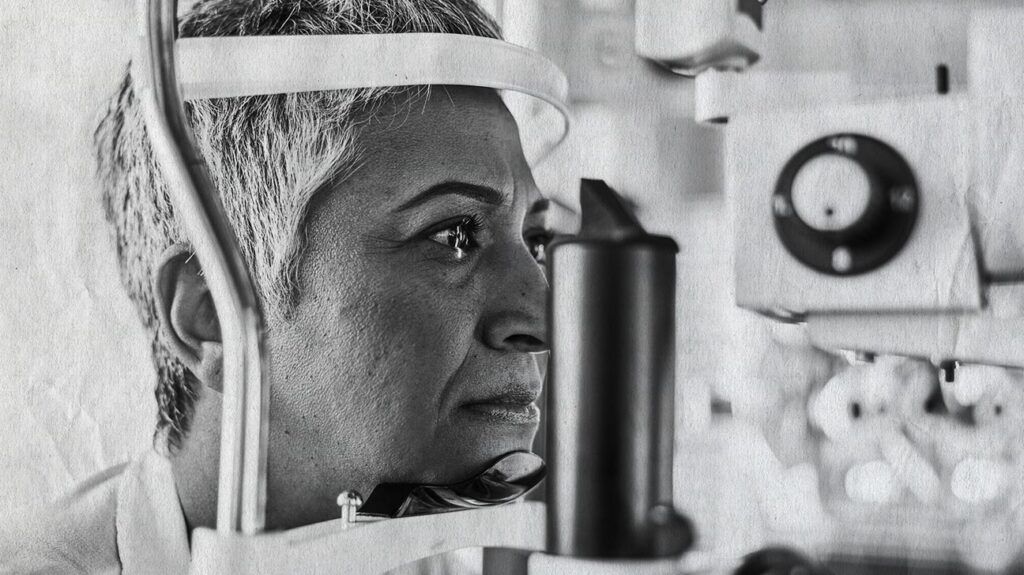Retinal tear treatment options include laser therapy, which is known as photocoagulation, and freezing therapy, known as cryopexy, to seal the injury. Both are safe and effective options.
The retina, which is a layer of tissue at the back of the eye, can sometimes develop small tears or holes due to eye injury, aging, or certain diseases. Treatment can help prevent retinal detachment, a medical emergency that causes the retina to pull away from its usual position.
The success rate, recovery time, and risks for photocoagulation and cryopexy are comparable. However, factors such as the size and location of the tear and the eye’s overall health can help determine the optimal treatment option.
This article explores the different treatment options for retinal tears and the outlook. It also answers some common questions about retinal tear treatments.

Laser surgery — also known as photocoagulation — is a
During this procedure, a doctor focuses a high intensity laser beam on the damaged or torn area of the retina. The laser creates minor burns that seal the tear with scar tissue, preventing further fluid or vitreous material leakage into the subretinal space. It also holds the retina in position and prevents it from detaching. The procedure usually takes less than 15 minutes.
Recovery from laser surgery is typically quick, with most individuals experiencing minimal discomfort.
Cryopexy — also known as freezing treatment — is another option for treating retinal tears. In this procedure, the doctor
This procedure can take less than 30 minutes.
Both photocoagulation and cryopexy treatments are generally safe, but there is a slight risk of complications. This can include:
- infection
- increased pressure in the eye, known as intraocular pressure
- damage to surrounding healthy retinal tissue
There is also the possibility of the treatment not being effective and the tear not closing.
People usually recover from the procedures within a few days to weeks, depending on the severity of the tear.
Both photocoagulation and cryopexy have a similar post-procedure process. Following treatment, a person may use special eye drops to prevent their eye from swelling. They may also need to avoid some activities, such as vigorous exercise or heavy lifting, while the eye heals.
Regular follow-up appointments with an ophthalmologist are essential to monitor the healing process and address any concerns following treatment.
Both photocoagulation and cryopexy are effective at treating retinal tears.
Still,
Below are answers to common questions about retinal tear treatment.
How serious is a retinal tear?
A retinal tear is a potential threat to vision, and people should not underestimate them.
Retinal tears
Therefore, a retinal tear’s seriousness lies in its immediate potential to escalate into a sight-threatening condition. Often, retinal tears are manageable with prompt medical intervention.
Is a torn retina curable?
Yes, doctors can effectively treat a retinal tear, especially when they detect it early. The effectiveness of treatment lies in promptly addressing the tear to prevent further complications.
Laser surgery or cryopexy can seal the tear, allowing the retina to heal.
Can a retinal tear heal without surgery?
While some more minor retinal tears may have self-healing potential, relying solely on natural healing processes is not advisable.
However, even smaller tears can progress or lead to retinal detachment. Consulting an eye specialist ensures a proper evaluation and the implementation of necessary treatment measures.
Retinal tears are a serious eye condition that can significantly affect vision. However, treatment with laser surgery or cryopexy is highly effective in sealing tears and preventing retinal detachment.
Timely medical attention is crucial. Early intervention leads to the best outcomes and offers a positive outlook for individuals with retinal tears.
